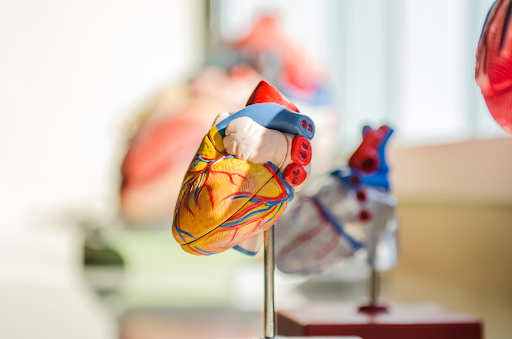Getting an accurate diagnosis is sometimes a process. However, it can also be simple and short. The prevailing cases of diagnostic errors in the medical industry indicate that it is time to take a step to learn the process of diagnosing and work with the best diagnostic kit produce and elements supplier to provide the best tools for diagnosis. It all starts with education, awareness, and having the right tools at your disposal. The following is the diagnostic process and types of medical diagnosis.
How Do Medical Experts Diagnose Patients?
There are three main steps of diagnosing a patient. Let us take a closer look at them.
Gathering Information
This is the initial stage of diagnosing, which involves gathering information about the patient. Medical experts collect the patient’s medical history, complaints, and population health. It may also include physical examinations.
Information Integration
After gathering information from the client, the next step is integrating this information with the data the medical experts obtain from diagnostic testing. It involves comparing patients’ information with diagnostic results.
Application
The last step of diagnosis is applying the integrated results to the medical knowledge to understand symptoms and possible treatments. For example, if a patient complained about pain in the lower abdomen and the test showed an issue with the kidney, the patient could have kidney disease. From these conclusions, the medical expert comes up with a treatment plan most suitable for the person.
Types of Medical Diagnosis
Basically, there are five types of medical diagnoses in healthcare. They include:
Laboratory
This type of diagnosis is generally based on examining cellular samples. This is where a diagnostic kit is utilized. It includes examining tissue samples, fluid tests, and other data from the patient.
Differential
Differential diagnosis happens when a medical professional is unsure of two conditions affecting the patient. Therefore, their treatment plan varies between these two illnesses and check the treatment that works best.
Clinical
Clinical diagnosis is based on a patient’s symptoms and those that the medical expert observes.
Nursing
This type of diagnosis is almost the same as a clinical diagnosis. However, nursing diagnosis involves frequent observation. The medical expert interacts with the patient and monitors how they respond to the treatment.
Radiology
This kind of diagnosis involves using x-ray machines to know the cause of the condition and how this condition has affected the patient. Radiology diagnosis utilizes radiation for x-ray enhancement.
During diagnosis, the medical expert must collect information about the patient. They also need to carry out physical examinations to note the symptoms affecting the patient. The process will then involve:
- Diagnostic testing
- Combining clinical, biological, and laboratory results
- Other information about the patient.
Laboratory tests and results are vital for an accurate medical diagnosis.
Conclusion
Modern healthcare puts the patient at the center of everything to provide the best care and treatment. These are the medical diagnosis processes and types before a treatment conclusion is reached. Hence, medical practitioners must link with the right experts, including diagnostic kit producers, to ensure a complete and accurate diagnosis.
Interesting Related Article: “Top 10 Types of Healthcare Software Solutions“












